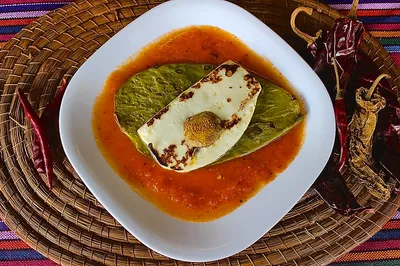
Savoring Mexico: A Culinary Journey Through Regional Delights
Mexican cuisine is a vibrant and colorful tapestry of flavors, spices, and ingredients that have evolved over thousands of years.
From the street food stalls in Mexico City to the seafood shacks in Baja California, each region of Mexico has its unique culinary traditions and signature dishes.
Today, we’ll explore some of the most beloved and iconic dishes from different regions of Mexico, from the rich moles of Oaxaca to the fiery salsas of the Yucatan Peninsula.
Whether you’re a seasoned foodie or a curious newcomer to Mexican cuisine, get ready to take your taste buds on a delicious journey through the regional specialties and signature dishes that define Mexico’s rich and diverse culinary landscape.
Regional Mexican Cuisine Overview
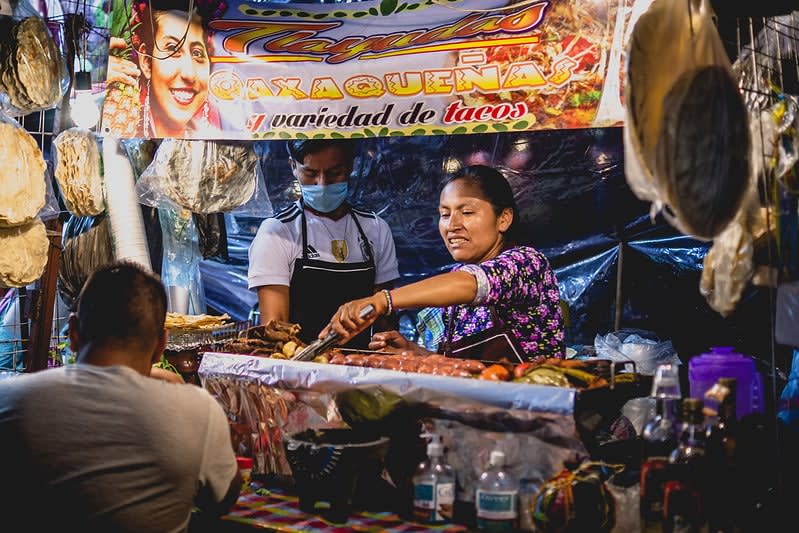
The most common ingredients in Mexican cuisine are corn, beans, and chili peppers.
These ingredients are native to Mexico and inexpensive to grow. They are also a mainstay of Mexican culture and have been used in traditional recipes for thousands of years.
Another important ingredient is the nopales (cactus paddles) which can be cooked in many ways to make delicious dishes.
When the Spanish arrived in Mexico, they brought new ingredients like meat from domesticated animals, rice, and citrus fruits.
Over time, these new elements blended with indigenous foods and cooking styles to create modern Mexican cuisine.
Today, renowned chefs like Enrique Olvera run high-end restaurants all over the country. Many of these restaurants feature world-class ingredients and exquisite culinary creations.
You may want to read: 6 Top Restaurants for Dinner Near Mexico City Airport
You must be hungry after all this food talk, right? And we have only just begun. If you are figuring out what you should have for lunch today, you might as well do it in a fun way.
Take a quiz, and make the best decision. Our guess? It will probably have to do something with Mexican cuisine…
Signature Dishes of Mexico by Region
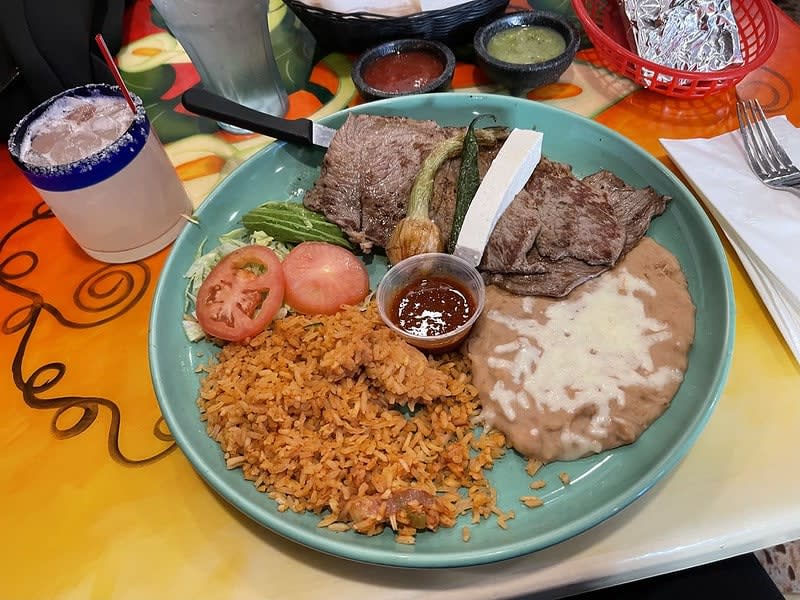
The vast geography of Mexico allows for a wide variety of regional dishes.
Northern cuisine is heavily influenced by the cattle ranching culture, with dishes like carne asada (grilled beef), machaca (shredded meat), and caldo de res (beef soup) being popular choices.
The coastal regions boast seafood specialties such as aguachile (a ceviche of shrimp, cucumber, red onion, lime juice, and chiles) and Camarones al mojo de ajo (shrimp in garlic sauce) being common dishes.
Central Mexico

In central Mexico, the influences from various regions converge to create many of the nation’s classic dishes.
One of the most famous is Chiles en nogada, representing all three Mexican flag colors.
Poblano chilies filled with picadillo are green, the walnut-based cream sauce is white, and pomegranate seeds are red.
Another popular dish from the country’s capital is tamales, which can be made with chicken, pork, or vegetables.
Jalisco is home to the iconic tortas ahogadas (pork sandwiches drowned in spicy tomato sauce) and birria, a hearty goat meat stew.
Specialties of the Yucatán Peninsula
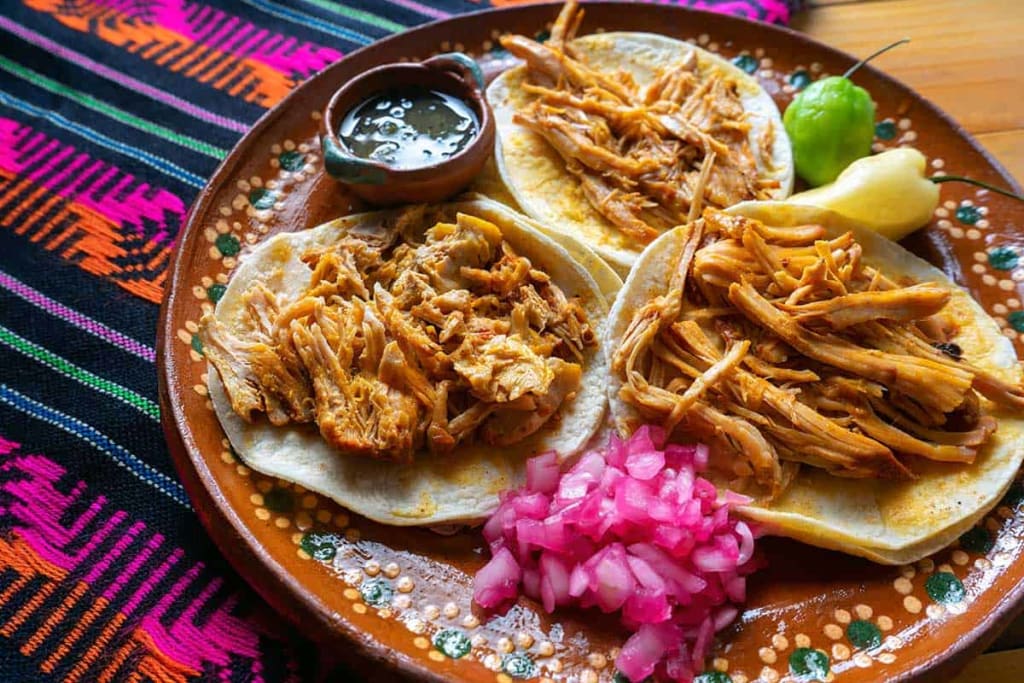
The Yucatan Peninsula has its own unique flavors that set it apart from the rest of Mexico.
The Mayans were inhabitants of the region long before Mexico was even a country, and their culture has influenced local cuisines to this day.
The city of Merida is considered the Cultural Capital of Yucatan and is one of the best places to try traditional Yucatecan dishes.
This region’s main ingredient is achiote, incorporated into most signature Yucatan specialties like the Cochinita Pibil.
Chili peppers are another vital component; you’ll find various colors, sizes, and heat levels in the local markets.
Chihuahua cheese
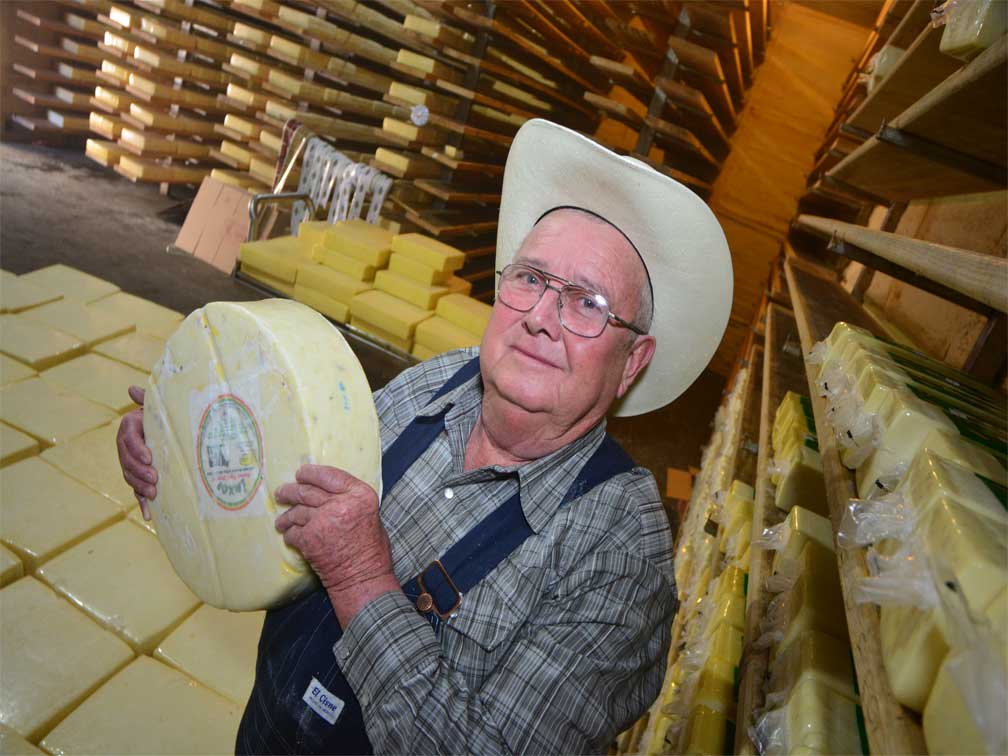
Some of the best cheeses in the country come from Chihuahua Mexico, such as the creamy chevre Blanca, chihuahua, requeson, and menonita, which came from the Swiss and German Mennonite communities that settled there during the 19th century.
The tortilla is also a regional staple here, with flour tortillas preferred over corn.
Other small towns are famous for their unique ways of frying the dough, which can be shaped differently.
Tepoztlan, for example, has a triangular fried corn patty called an itacate that can be filled with various ingredients.
This region’s cuisine is also influenced by the many Mexicans who have relocated to urban centers in search of opportunity and wealth.
Delicacies from the Southern Region
Corn might be the most important event in Mexican cuisine, but the country also boasts a variety of other native ingredients.
Popular foods include avocados, tomatoes, squash, cocoa, and the nopal cactus.
Many chili peppers, from the mild green chili to the fiery red chili, also earned Mexico its UNESCO Intangible Cultural Heritage status.
Although rice and wheat were introduced to the country by Europeans, corn remains the most important grain in Mexican cooking.
It’s found in tamales and salads, but it’s especially celebrated in tacos. This versatile food can be filled with anything from meat and beans to guacamole and cheese. It’s even a staple in drinks like pozol and atole.
Tortillas, which are flat, round, and usually made with corn, are the basis for most tacos. The filling can vary but includes everything from al pastor and frijoles to picadillo and chorizo.
Popular Mexican Street Foods & Snacks
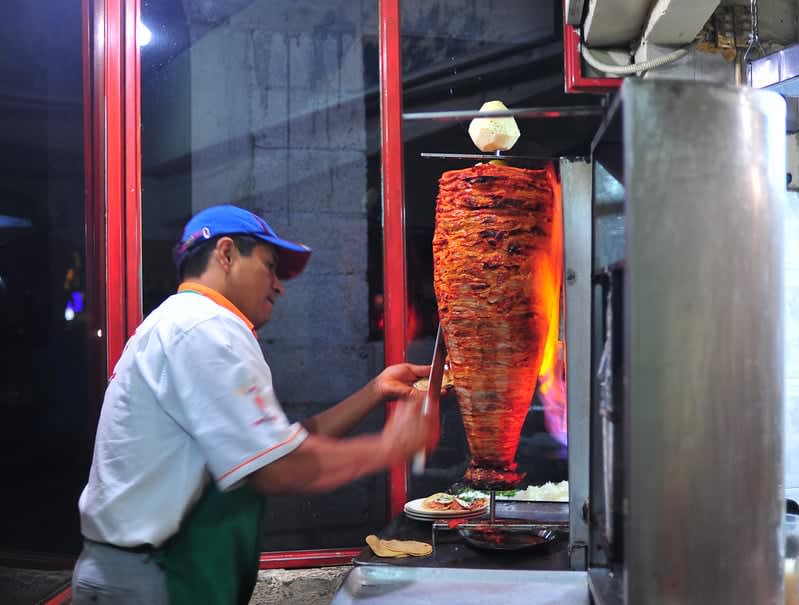
As with all great culinary regions, Mexico has a vast array of savory and sweet snacks, from the famous tacos al pastor to flautas, which are thinly rolled flute-like flour tortillas filled with shredded beef or chicken and deep-fried until golden and crispy.
As you can imagine, meat is a big part of Mexican cuisine, especially in the north.
The arid northern climate has led to the growth of cattle ranches, and as a result, you’ll find many traditional dishes like barbacoa (shredded beef or lamb), machaca (air-dried shredded beef), and chilorio (pork fried in chile sauce).
Beans are also an important staple, and they can be eaten either as a side dish or combined with other ingredients, as in the popular salsa verde.
Other Mexican street foods include “Elotes,” roasted corn on the cob covered in mayonnaise, cheese, and chili powder.
Mexican Cuisine: Conclusion
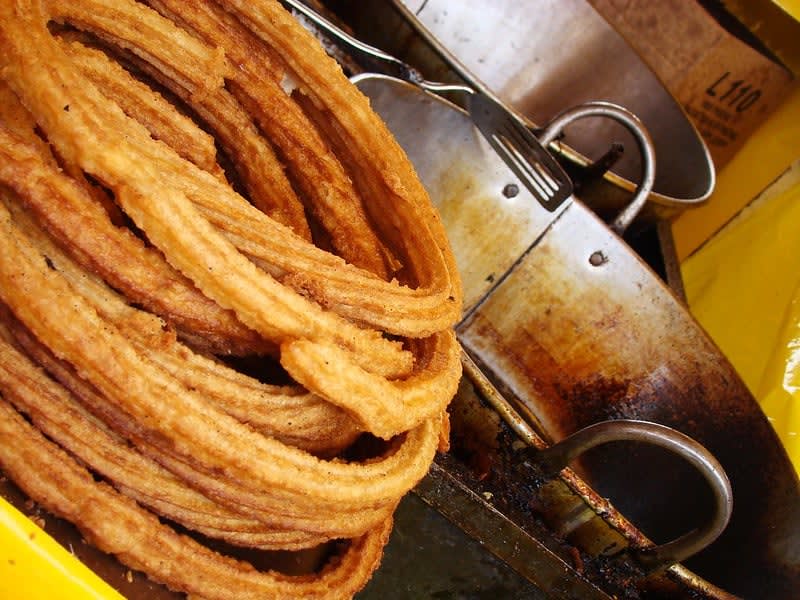
In conclusion, Mexican cuisine is a rich and diverse culinary tradition that boasts various regional specialties and signature dishes.
From the fiery flavors of the Yucatan to the hearty stews of the central highlands, each region of Mexico offers its own unique take on classic dishes such as tacos, enchiladas, and tamales.
Whether you’re a seasoned foodie or a curious beginner, exploring the many flavors of Mexican cuisine is an exciting and rewarding experience.
So why not take a culinary journey through Mexico’s vibrant and colorful food culture and discover some new favorites along the way? Vamonos!